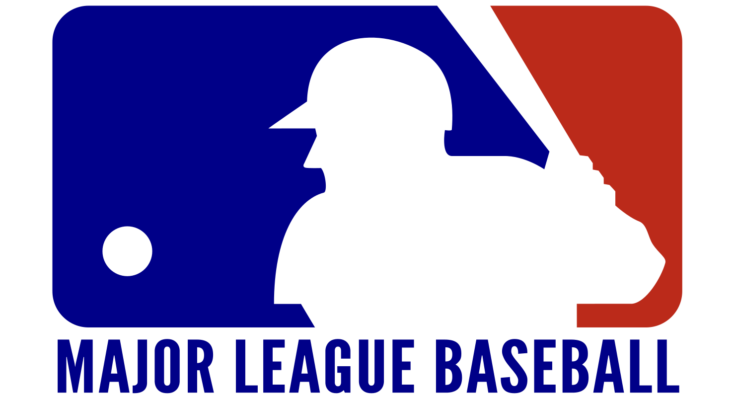Major League Baseball and the MLB Players Association finalized a return-to-play plan Tuesday night.
In the interest of health and safety for players and personnel, there will be some new rules and procedures, and here is a handy guide to it all:
When does the season start?
After the July 1 report date and an abbreviated camp, the regular season is anticipated to begin on July 23-24.
How many games will be played?
MLB has submitted a proposed 60-game schedule to the MLBPA to review. It has not yet been finalized. To limit travel distances, teams would play a majority of games against their division opponents (40, or 10 against each division opponent) and the rest against their geographic counterpart in the other league (in other words, AL East vs. NL East, AL Central vs. NL Central, AL West vs. NL West).
What is the postseason format?
The same it has been since 2012: Five playoff teams from each league (three division winners, two Wild Card winners), with the winner of the Wild Card Game in the AL and NL advancing to a best-of-five Division Series against the top division winner. The League Championship Series and World Series remain best-of-seven.
Will the designated hitter be used in both leagues?
Yes. Though the universal DH for both 2020 and 2021 was part of a proposal rejected by the players, it remains a piece of the 2020 health and safety protocols. With an abbreviated “second Spring Training,” an effort is being made not to overtax pitchers by having them hit.
So for now, it is possible that the NL could return to its traditional rules with pitchers hitting again in 2021.
Where will camps take place?
Most clubs are expected to conduct training at the ballparks in their home cities (not their Spring Training facilities).
Will there still be a Trade Deadline?
Yes. But instead of July 31, it will be Aug. 31. Players must be on a club’s roster by Sept. 15 in order to be eligible for postseason play.
What will the rosters look like?
To help ease players into competition, each club will have a 30-man roster for the first two weeks, 28 for the next two weeks, and 26 for the remainder of the season.
Teams will submit lists of 60 players eligible to play in 2020 — the 40-man roster plus a “taxi squad” of 20 players.
Will there be any in-game rule changes?
With a tight schedule and a desire to limit time on the field, the Minor League rule for extra innings will be in effect. That means every half-inning after the ninth will begin with a runner on second base. The designated runner would be the player who made the final out in the prior half-inning (or a pinch-runner for that player), and the pitcher would not be charged with an earned run if that runner scores (it would be scored as if the runner had reached on an error).
Please note that this rule is only in place for 2020 and only in effect for the regular season. Extra innings in the postseason would not begin with a runner on second.
Anything else related to gameplay I should know?
Yes, a few things to note.
1. Position players pitching: There was supposed to be a new restriction for 2020 that said position players could only pitch if the game was in extra innings or their team was ahead or trailing by more than six runs. There will be no such requirement for this season.
2. Three-batter minimum: This is an offseason rule change for 2020 that will remain. Relievers who enter the game must face at least three batters or finish an inning before being removed (with exceptions for injury or illness).
3. Suspended games: If a game gets cut short due to weather before it becomes official (less than five innings), it will be continued at a later date rather than started from scratch.
What protocols will be in place to prevent the spread of COVID-19?
Among the most pertinent measures are as follows:
• Players, coaches and support staff will be tested for COVID-19 every other day during Spring Training, the regular season and postseason.
• Players will receive temperature/symptom checks twice per day.
• Antibody testing will be conducted once per month.
• Social distancing will be encouraged as much as possible both on the field and off. Players and other team personnel not participating in the game will be sitting in the stands, at least six feet apart.
• Non-playing personnel must wear masks in the dugout and bullpen at all times.
• No pregame exchange of lineup cards.
• No celebratory contact (high-fives, fist bumps, hugs, etc.).
• No spitting or chewing of tobacco and/or sunflower seeds. Chewing gum is allowed.
• A ball will be thrown out once it has been touched by multiple players.
• Fights are strictly prohibited.
What happens if a player tests positive for COVID-19?
There will be a COVID-19 related injured list, with no minimum or maximum length of placement. A player may be placed on that list based on a positive COVID-19 test or confirmed exposure or if a player exhibits symptoms requiring self-isolation for further assessment. Any player who tests positive will not be allowed to return until he tests negative twice.
What about the regular injured list?
Rather than a 10-day injured list for position players and 15-day injured list for pitchers, there will be a 10-day injured list for all players in the shortened season. The 60-day injured list will be reduced to 45 days.
What if there is a COVID-19 outbreak in a team’s city?
MLB has the right to relocate teams — in the regular season and postseason — to neutral sites for health and safety reasons.




